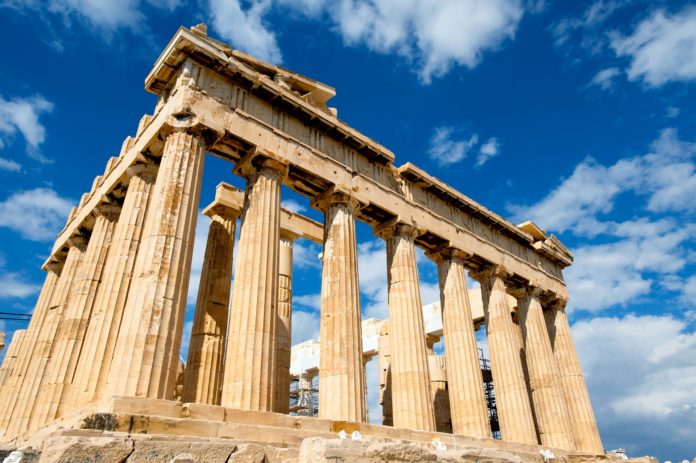If you’re heading to the Acropolis on your visit to Athens, be warned that the information signs at the site are not always informative. We recommend that you visit the museum first, so you can learn what you need before visiting. Failing that, here are five key facts to get you started.
The Acropolis means “high city”
The Acropolis translates to “high city.” It is the home of the Parthenon, an ancient temple which dates back to 447 BC.
The Parthenon had multiple purposes
The Parthenon, which sits on the Acropolis, was a temple built to honor the Goddess Athena. In its lifetime, it has also served as a church and a mosque after it was taken over by Christians then the Turks. It is currently a ruin undergoing renovation which is visited as a tourist attraction.
The original pieces of the Parthenon are elsewhere
In the 1800’s, Lord Elgin took some carvings of the Parthenon to England, which he sold for a large sum of money. These carvings now live in the British Museum of London and other pieces can be found in Paris and Denmark in museums. Greece have been trying to get the original pieces back but have had no success.
The Parthenon is designed to use optical illusions
The architects have designed the Parthenon to look as if it is floating. The columns curve in slightly at the top and bottom so that they appear as straight lines from below. The Parthenon is consequently often known as the world’s “most perfect building.”
The restoration is remarkably precise
The Parthenon is currently undergoing restoration. If you have visited the Acropolis years apart and haven’t spotted any difference, this is because the Parthenon is the ultimate perfectionist project. The replacement marble is being hand-shaped to match the work of the original builders. It is even sourced from the quarries of Mound Pentelicus, just as it was thousands of years ago.

